World travelling is very interesting. It makes us wiser by observing different things. These include cultures, geographical features, and survival strategies of different societies. However, global concerns about pollution and carbon footprints continue to emerge. The social-economic implications of tourism are also becoming pertinent. Therefore, this aspect of tourism has become an important topic to address. This blog will discuss responsible travelling. We will explore how to plan fun-filled trips without straining the planet’s resources. This can be achieved by recommending a sustainable Singapore tour package from Trip Cabinet.
What is Sustainable Travel?

This concept can be referred to as eco-tourism or responsible tourism. Eco-tourism and responsible tourism imply: Using various services during travel. Minimising the effect on the environment. Minimizing the effect on the communities of visited places. For many people, it translates as making sure that the venues we visit now will stay beautiful for future generations. Travelling helps the economy and should not overexploit resources.
The sustainable Singapore tour package bring out the true nature of travelling with less harm to the environment. It also supports local businesses and helps conserve the country’s flora and fauna, as well as its cultural values.
Why Sustainable Travel Matters
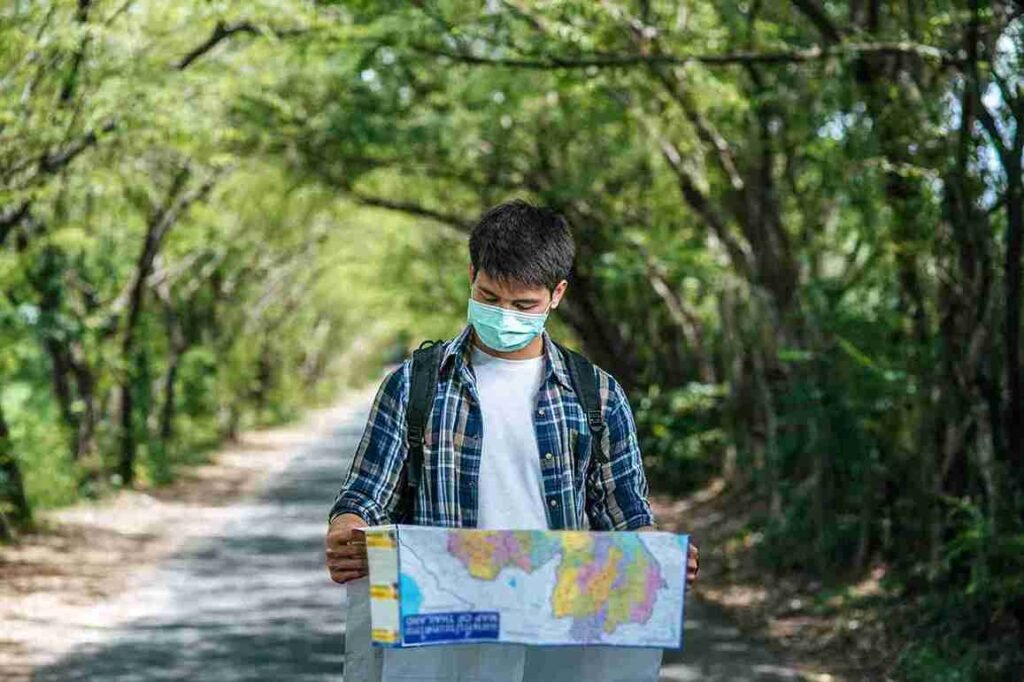
Tourism however is a double-sided shield. On the one hand, it can be a source of benefits such as economic growth and sharing of culture. However, the negative effects it poses are environmental pollution, loss of cultural identity and social injustice. In case, it is not moderated appropriately.
Here are some reasons why sustainable travel is vital:
Environmental Impact: Conventional tourism generates negative impacts on the environment. These impacts include pollution, deforestation, and interference with the natural movement of wild animals. Eco-friendly tourism promotes activities such the reduction of waste, water conservation and supporting conservation standards.
Cultural Preservation: Significant increases in tourism bring about the erosion of culture due to process of commodification of cultural assets. Cultural sustainability is achieved through travel. People are encouraged to respect the cultural values of the country they are visiting.
Economic Benefits: The tourist channels their expenditures into the local economy through the right option being provided. This helps eradicate poverty levels among the locals.
Long-Term Viability: Eco-tourism ensures sustainable tourism in the long run. It prevents the depletion of natural resources and preserves culture.
How to Travel Sustainably on Your Singapore Tour Package
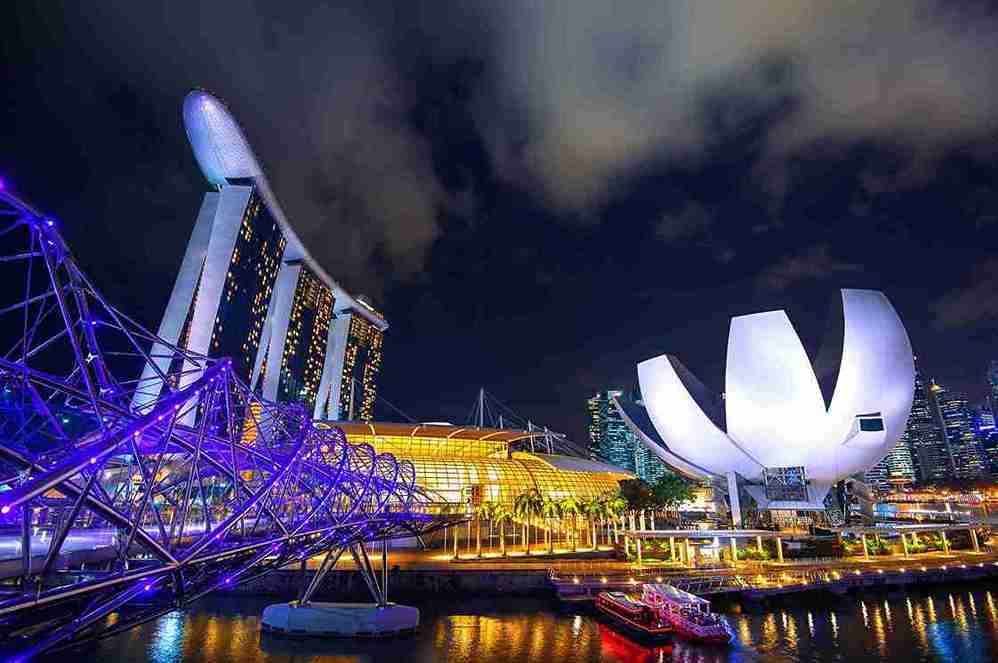
If you decide what to take in your Singapore tour package, here is how you can make your trip eco-friendly.
1. Choose Eco-Friendly Accommodations

A good start in ensuring that one’s travel is sustainable is to identify environmentally friendly places to stay. Most hotels and resorts in Singapore have adopted sustainability practices. You should ensure efficient energy use, minimise waste products and support the community.
Green Hotels: Check which accommodations have been awarded a Green Mark. An accommodation with a Green Mark indicates that the hotel cares about the environment.
Locally Owned Stays: Choose hotels that are part of the local economy. Get an insight into the native culture by selecting restaurants that are part of the local economy.
2. Reduce Your Carbon Footprint

Going long distances most of the time entails flight and this is a known way of contributing to climate change. To minimize this, consider the following:
Offset Carbon Emissions: Some airlines and travel companies operate with the carbon offset system. You can participate in projects to compensate for your CO2 emissions.
Use Public Transport: After you arrive in Singapore, use public transport instead of private cars or taxis. Employ the MRT (Mass Rapid Transit) and buses as available means of transportation.
Walk or Cycle: When moving around, try to avoid using cars as much as possible. Instead, choose to walk or bike. This will help reduce your environmental impact, and you’ll also get a closer look at the city.
3. Support Local Businesses
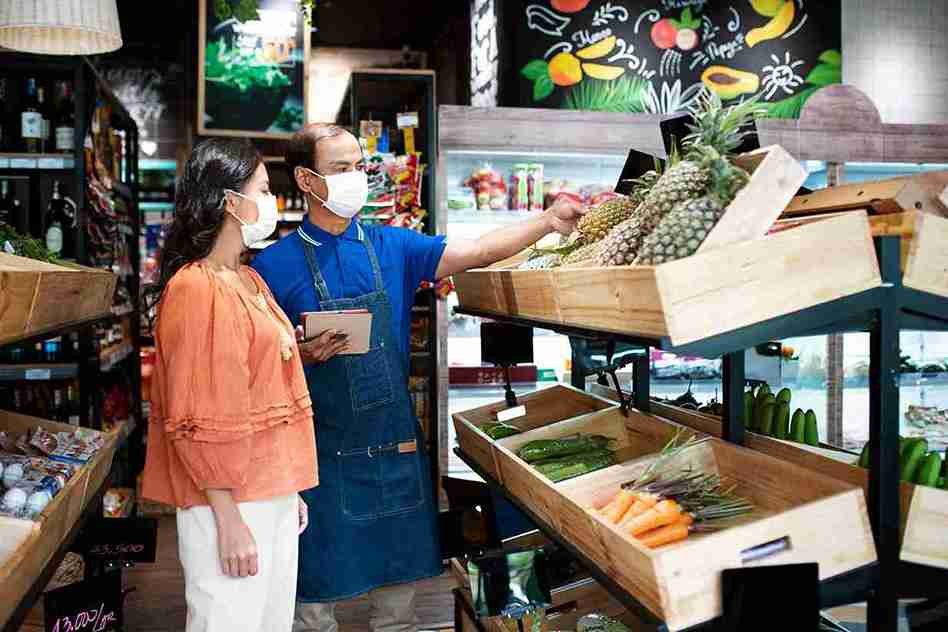
In the same respect, this paper suggests the following way to make travel sustainable: Buying from local businesses. This has the added advantage of promoting local consumption. In the process, it helps cut down on the effects ascribed to the importation of goods and services.
Eat Local: Take your meals at locally controlled restaurants preferably those that retail locally produced food. Singapore hawker centres are perfect for tasting real food and, at the same time, ordering it from local sellers.
Shop Local: Choose locally made products in an artistic form rather than general items with big brands and logos.
4. Browse Local Culture and Customs
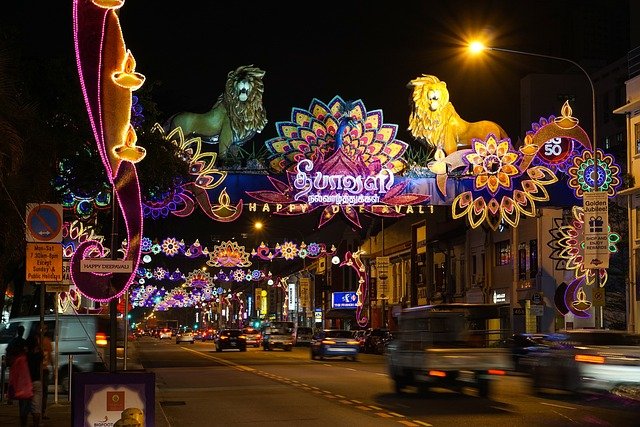
Tourism must respect culture as the backbone of every travel. Regarding visitors to Singapore, it is important to note to try and understand local Singaporean culture, traditions, and etiquette.
Dress Modestly: In some places, people may dress unconventionally as a sign of respect for the culture and religion.
Learn Basic Phrases: Knowing a few phrases is a good way to show respect. These phrases can be from the local language, such as Malay or Mandarin.
Participate in Cultural Activities: It would be helpful to apply real cultural tourism, which respects ethnic values. For instance, you can learn how to cook ethnic cuisines. Alternatively, you can avail the services of a guide to take you to historical sites.
5. Conserve Natural Resources

Sustainable Travel integrates water and energy saving. In Singapore, a city known for its commitment to sustainability, there are several ways you can contribute.
Reuse Towels and Linens: Deny housekeeping services the daily use of cleaning towels and linen. This will lead to a waste of water and energy.
Limit Water Usage: Try to use less water by having shorter showers, and avoid leaving the taps open when not in use.
Turn off Lights and Electronics: switching off lights and appliances when exiting a hotel room. When leaving a hotel room, remember to switch off the lights and appliances.
6. Participate in Eco-Friendly Activities

Singapore offers a variety of eco-friendly activities that allow you to enjoy the beauty of nature while minimizing your environmental impact.
Visit Nature Reserves: Visit Singapore’s natural parks like Bukit Timah Nature Park and Sungei Buloh Wetland Park. These are protected areas where one can hike or watch wildlife.
Gardens by the Bay: Besides being a design wonder, it is also a wonder of sound and functional city planning and design for sustainable living. The gardens comprise such solar-powered Supertrees as well as sustainable cooling systems in the conservatories.
Eco-Tours: We advise that you take an ‘eco-friendly tour’; different tours are going through the mangrove on a kayak or a simple walk through the southern ridge.
Why it is Worth Pick a Sustainable Singapore Tour Package
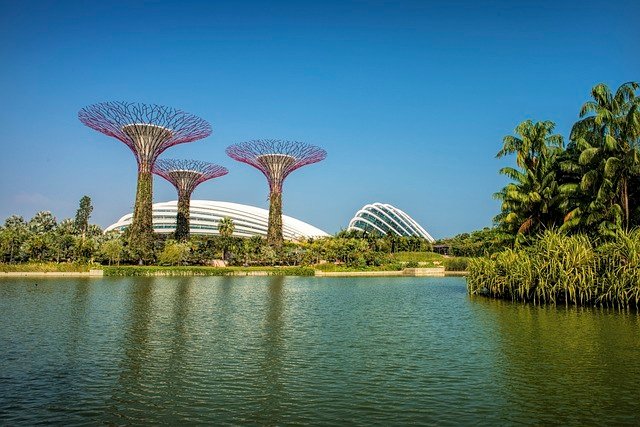
Opting for a sustainable Singapore tour package offer numerous benefits for both travelers and the destination:
Enhanced Experience: Travelers consider ecological tourism more fulfilling because they can have direct contact with local culture. Tourists get an opportunity to interact with the local people and culture and thus get a feel of the place they are visiting.
Positive Impact: Learning that your travels are making a positive impact on the planet and its people is a great feeling that enhances your otherwise fun vacation.
Support for Conservation: The advantages of sustainable tourism are that such tourism supports conservation of the natural and cultural resources to make them available to future generations.
Long-Term Savings: Sustainable travel may be slightly costlier than conventional travel but in the long run it is cheaper due to the discrepancies, it trims such as wastage, power consumption, and dependency on imported products.
Sustainable Stays in Singapore
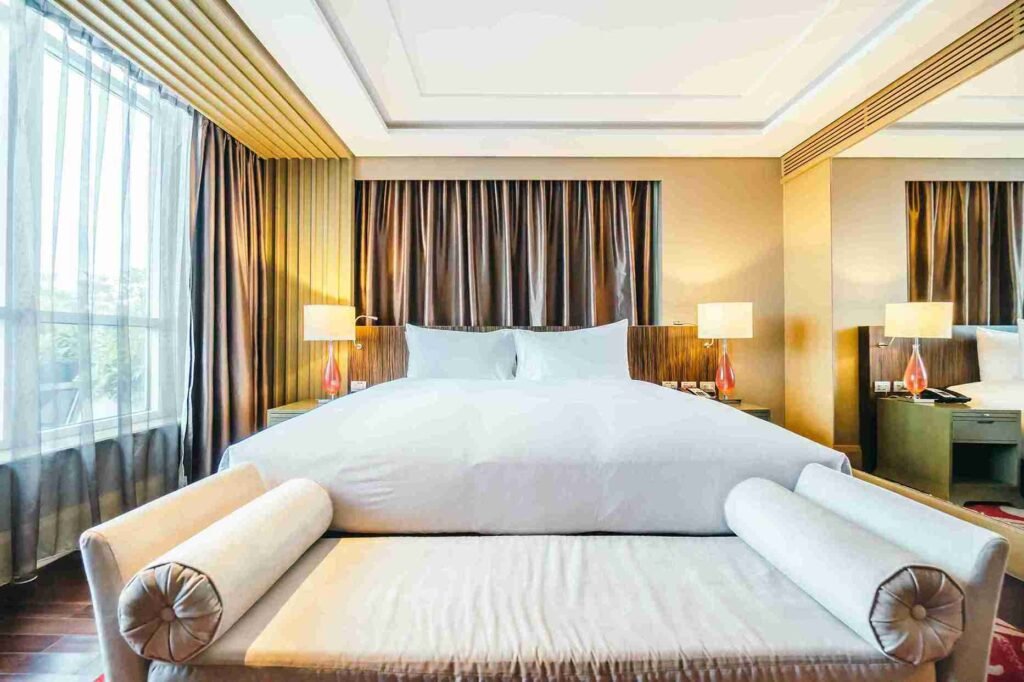
To complement your sustainable Singapore tour package consider staying at some of these eco-friendly accommodations:
Siloso Beach Resort: Set on Sentosa Island this is an eco-friendly resort as it uses energy-efficient technologies, conserves water and employs the use of recycled materials. The resort has been designed with beautiful landscapes of green environment around the place and they provide a natural spring water swimming pool.
Park Royal on Pickering: Parkroyal on Pickering’s unique architectural concepts include high and connected sky gardens, the Vertical Farms and Green Haven, Energy-catching devices, and a Rainwater recycling system. To make a long story short, the “hotel-in-a-garden” design is inculcated in every element of the architectural design.
Villa Samadhi Singapore: This is one of the luxurious hotels which is located in a building that was constructed in the colonial period. The hotel offers options that are friendly to the environment. The excessive use of comfort features, such as recycling and energy-efficient facilities, helps minimize the impact on the environment.
Conclusion
Eco-tourism is not a new fashion but rather a necessary future when people plan their travels. It is therefore possible to engage in responsible decision-making when on the Singapore tour package so that it is possible to enjoy the package and at the same time protect the environment and the cultures. There are a lot of options that allow making the journey more sustainable such as selecting an environmentally friendly hotel, joining the local sellers and independent businesses, sharing in the activities connected with environment protection, etc.
So when you are deciding where to go next, just know that with each aspect of sustainability under consideration, it all counts. We can combine our efforts to keep on protecting the beauty and the differences of the world we have today with those who will succeed us in the future.
Thank You
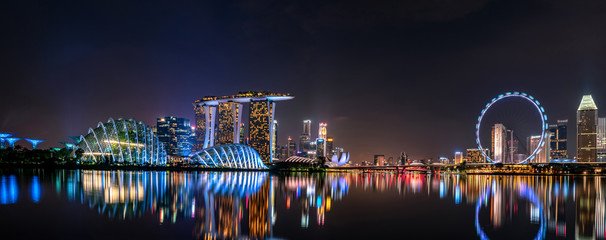
Leave a Reply